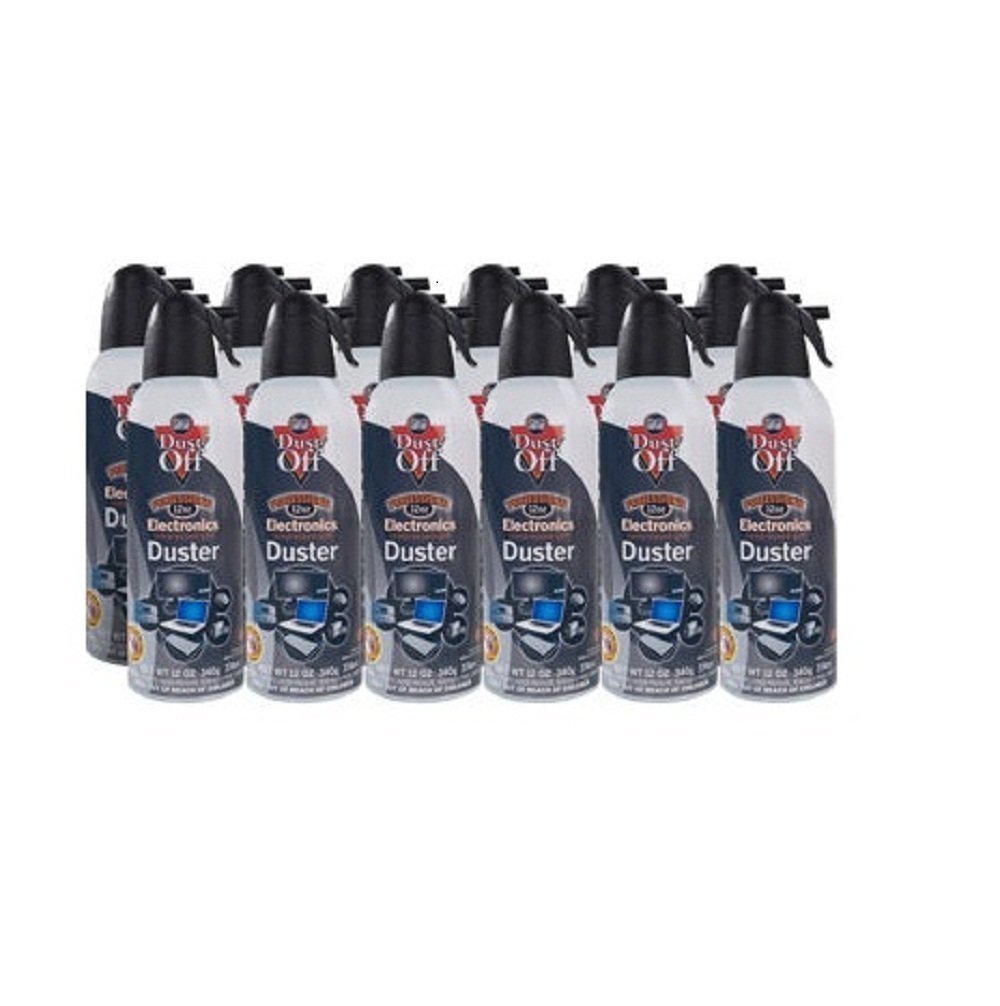How the heck do you guys remove prints from the PEI sheet?
Yes, I know, I know... With the PEI-coated, removable steel sheet introduced with the MK3, you simply "bend" the sheet to "pop" off the print... No need anymore for the sharp spatula that came with the MK2, that would eventually scratch / ruin your PEI sheet.
But here's the problem: The "popping off" only works for succeeded prints, that have reached a certain height, and using a rigid (not flexible) material. But how about failed first layers, or the residues left by the 1st layer calibration?
Ever since I received my MK3, the most dreaded procedure to me (whenever a change is made to the extruder or nozzle) is always the first layer calibration: The printer just starts depositing a very thin film of material, often drippy / interrupted, or nothing at all. And while you're frantically turning the knob to adjust the Z-offset (which direction is it? Up or down? Negative or positive values?), in the end, you're left with a very thin, interrupted layer of zig-zagged PLA that needs to be removed, in order to proceed with the next round of Z-axis calibration all over again.
But how to remove it? Clearly, the bending/popping won't work. Any sharp tool/spatula will ruin/damage your PEI sheet. Water or isopropyl alcohol won't help. So how do you remove those residues without scratching the sheet?
Re: How the heck do you guys remove prints from the PEI sheet?
Plastic ice scraper works best! Never had trouble. Or credit card if you dont live in Canada
Re: How the heck do you guys remove prints from the PEI sheet?
Plastic ice scraper works best! Never had trouble. Or credit card if you dont live in Canada
Thanks for the suggestions... Ice scrapers are not a thing here (I live in a tropical region), but I might try the credit card. LOL! How does living in Canada make a difference?
EDIT: Okay, I get it now.. So credit card it is. Thanks again! 😀
Re: How the heck do you guys remove prints from the PEI sheet?
Being a guitar player, I use my fingernails. 😆
Re: How the heck do you guys remove prints from the PEI sheet?
Well see I had some of the same issues when I performed a nozzle swap I was way off on the z and therefore got this issue on the first go around, since it was PLA I used acetone especially with the little spots since I had some for general cleaning anyways, it works pretty well if you apply enough. But I will consider getting some of the sprays suggested for the calibration sheet I find myself using more than the installed first layer cal. Also I tend to use my fingernail on that as well but for the insanely thin lines I used the acetone when I couldn't get under them.
Standby to Standby
Re: How the heck do you guys remove prints from the PEI sheet?
There are different things to try for different materials, but a regular scraper and glue stick has been good for me. Glue stick makes for good adhesion on most materials I've tried, but also serves as a release agent for PETG and flexibles, then when you go to scrape any parts that don't come off, off, it's a little extra thickness above the bed to prevent damaging the PEI. PVA glue that the stick is made of also dissolves in water, so I can put the bed sheet in some warm water for a minute and get notably better release, even on those stubborn single-layer dense support interface material bits and stuff.

